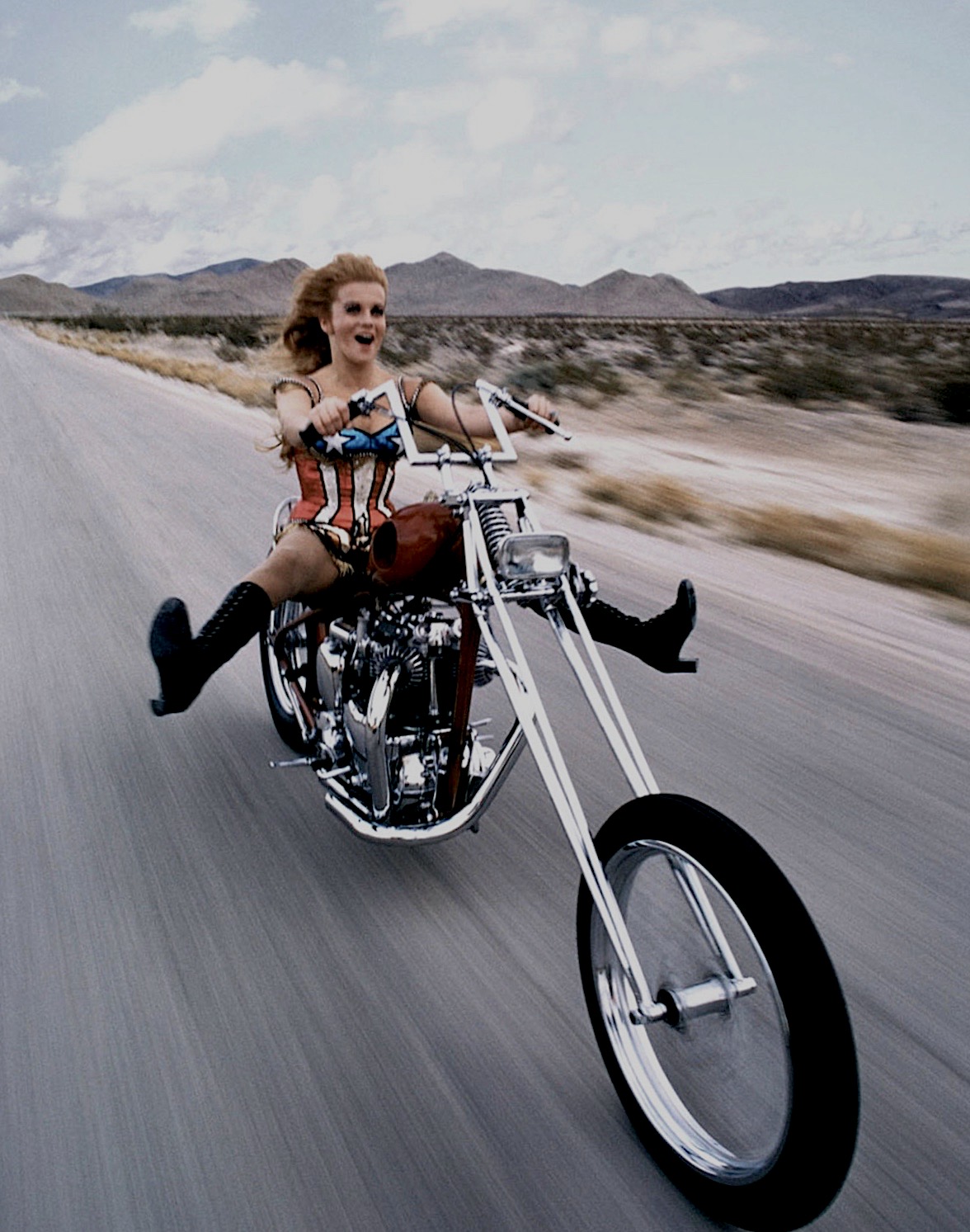
THE MEANING of QUANTUM RUN 356
I wanted to make a movie. I thought it was for the memory of my father, for my need to have the world see the truth of who he had been, what he had accomplished in his life. The producer kept asking me the same question: “What is the difference between just going somewhere and a ‘road run.’ ”
I took the question very seriously because I sensed that if I could verbalize what I knew, I’d have a kind of key to the entire project. Would people learn about a passion for the road from the movie? If they did not, the movie would be a waste in my opinion. The question must be answered completely. I have the answer:
The going somewhere ideal is: from the moment of leaving to the moment of arrival, the person or people traveling should remain the same. Sounds so reasonable, right? The person who leaves should be the same exact person who arrives. Great cost and effort is utilized in this cause, from first-class tickets to professed ultra-safe vehicles that keep any hint of the outside world they are traveling through to a minimum. Enter chain restaurants and motels and gas stations to make sure no matter where one travels, consistency of experience is guaranteed.
A road run or road trip is basically the opposite. The ideal is that the person leaving is changed, and would not be the same person at the end. If we really understand our universe, it becomes obvious that the only real traveling we can accomplish is within ourselves. So the road run is a form of spiritual quest, a ritual performed to the god of aesthetics, which is consistently the portal to all spiritual growth. If you doubt this:
Imagine Fonda and Hopper in buzz cuts and dull suits, driving a powder blue Prius ( sounds like a cheap condom), staying at Hampton Inns, speaking in nerdy voices, doing their drug deal in Easy Rider. Frankly, not the same movie. Not quite the earth-shaker that changed the world in 1969. They might have lived, but so what! And no matter what you want to say about the movie, the core reason for its power and influence is that the choppers and actors looked and sounded COOL.
The 356 is likely the most iconic design for a cool road-going vehicle. It becomes a tool willing to drive relentlessly toward the concept of FREEDOM. Thus McQueen, James Dean, Paul Newman, Eddie Murphy, Marshall Green, know—as cool guys—that this is the car. Hell, even freedom from the gas pump. There are other vintage cool cars, but drive one across America three times end to end, then tell me how much of a road-going tool they are. We are not talking poser cars here. Amazingly, a few of the new offerings like the Challenger, have started to look pretty cool. And are they selling? . . .
[I wrote the section below 8 years ago in a published column (The Penobscot Falcon) titled: PERSONALITIES, COOL, AND THE AMERICAN UNDERDOG HERO]
There’s an American cool that stands alone as far as I’m concerned. For me it’s the true cool, the cool to aspire towards. It embraces individualism first. As Nicholas Cage said in the movie Wild at Heart,“This is a snakeskin jacket, and for me it’s a symbol of my individuality and my belief in personal freedom.” It was pretty cool when he said that. Of course he backed it up by knocking senseless the guy who had insulted his jacket.
Then there are the components of straightforwardness, honesty and fairness, the willingness to suffer without whining, the holding in of turbulent emotion because one must feel to be cool. It’s never about being merely cold; a complete lack of emotion under the coolness is usually nothing but cruelty and arrogance. There are patience and calm no matter what the situation; each calamity is met with level thinking and action. There’s the friendliness in an open but cautious and understated way, the occasional lightheartedness, the steadfastness and unwavering faithfulness to ideals, and a careless cheerfulness in the headwind of unconquerable odds.
American cool is tough, but without bragging or drawing attention to itself. It always avoids a fight but usually finishes it. Of course there’s the handsomeness, the tender eyes and strong jaw, unruly hair and sideburns. In the female it’s a bright easy smile, optimism, languid assured walk, and again, the willingness to have ideals and not complain when these are challenged or threatened.
If you’re cool you don’t put on airs or condescend. American cool must be classless and loyal only to beliefs that, in the purest sense, are Christian. In a bizarre way it’s almost constitutional in its heart.
